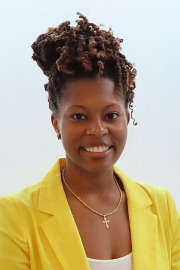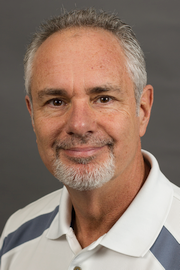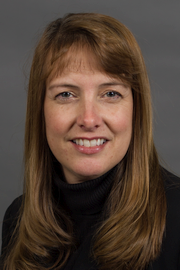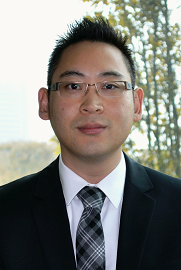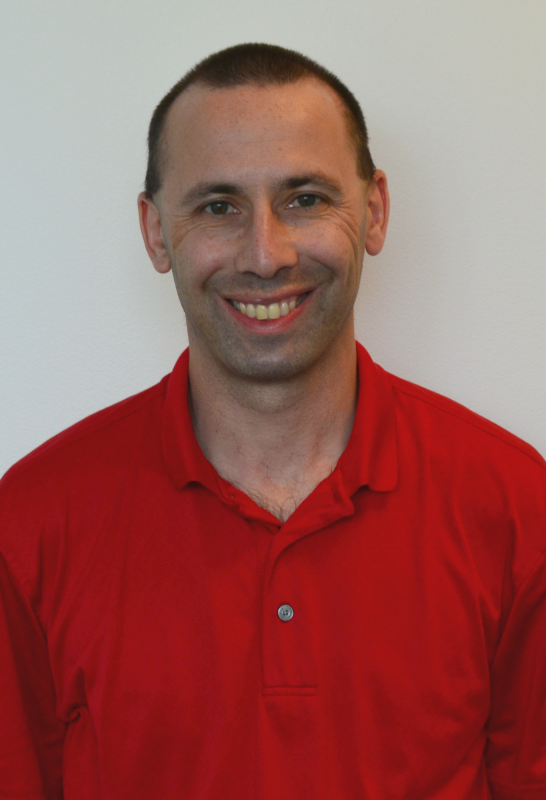Barbara Ericson
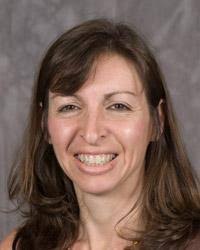
Computing outreach for K-12 Students; Curriculum Design for K-12

Computing outreach for K-12 Students; Curriculum Design for K-12
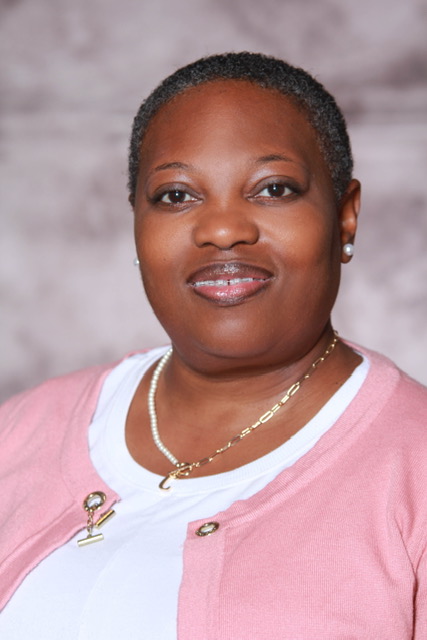
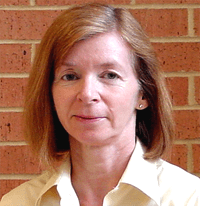
Yolande Berta has over 30 years experience in electron microscopy, including both SEM and TEM. Berta has received equipment grants from the National Science Foundation and the Office of Naval Research. She has trained thousands of electron microscopy operators. Berta has a Master’s degree in Science from the School of Materials Science and Engineering at the Georgia Institute of Technology and a Master’s degree in Biology from the University of Illinois, Champaign-Urbana.
As the Interim Director of the Responsible Conduct of Research (RCR) Program, her responsibilities include overseeing the RCR Academic Policy for Doctoral Students and the RCR Academic Policy for Master’s Thesis Students, teaching RCR courses for graduate students, and hosting RCR workshops.
Berta has more than 15 peer-reviewed publications and has given over 15 professional presentations.
